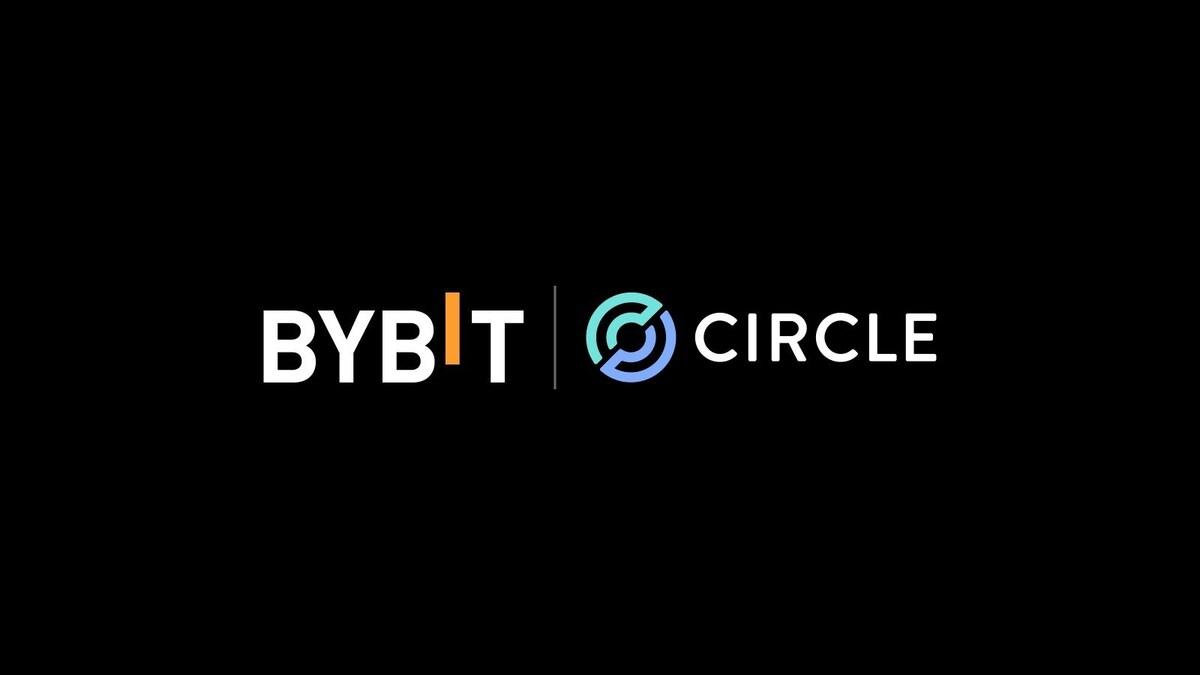| Key Points: – Particle Chain uses Avalanche Subnet tech to unify cross-chain execution and liquidity. – Modular architecture includes five node types and EVM, SVM, MoveVM compatibility. – Dual staking with $PARTI and $BTC via Babylon enhances network security and trust. |
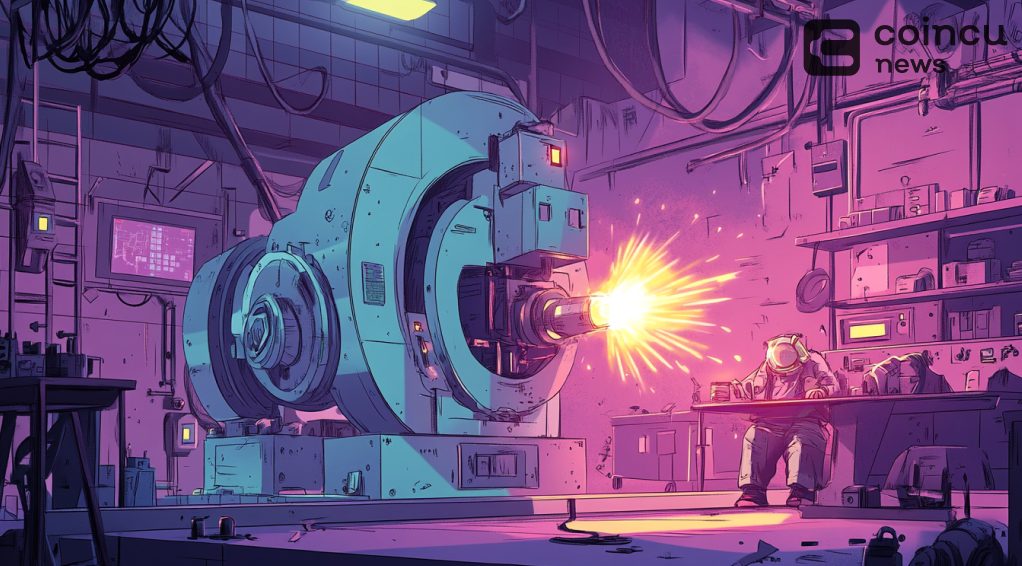
Particle Network has built its own Layer-1, the Particle Chain, using Avalanche Subnet technology to manage state synchronization, transaction routing, and liquidity coordination across chains.
The chain’s modular architecture includes five node types—validators, relayers, bundlers, watchtowers, and DA aggregators—to ensure scalability, security, and real-time cross-chain execution.
With support for EVM, SVM, and MoveVM, and a planned dual staking model using $PARTI and $BTC, the platform positions itself as a unifying infrastructure layer rather than a competitor to major chains like Ethereum or Solana.
From Wallet Infrastructure to Layer-1 Blockchain
Unlike most wallet abstraction providers that focus solely on toolkits and SDKs, Particle Network developed its own Layer-1 blockchain. Known as the Particle Chain, this blockchain functions as the coordination and settlement layer for Universal Accounts, Universal Liquidity, and cross-chain operations.
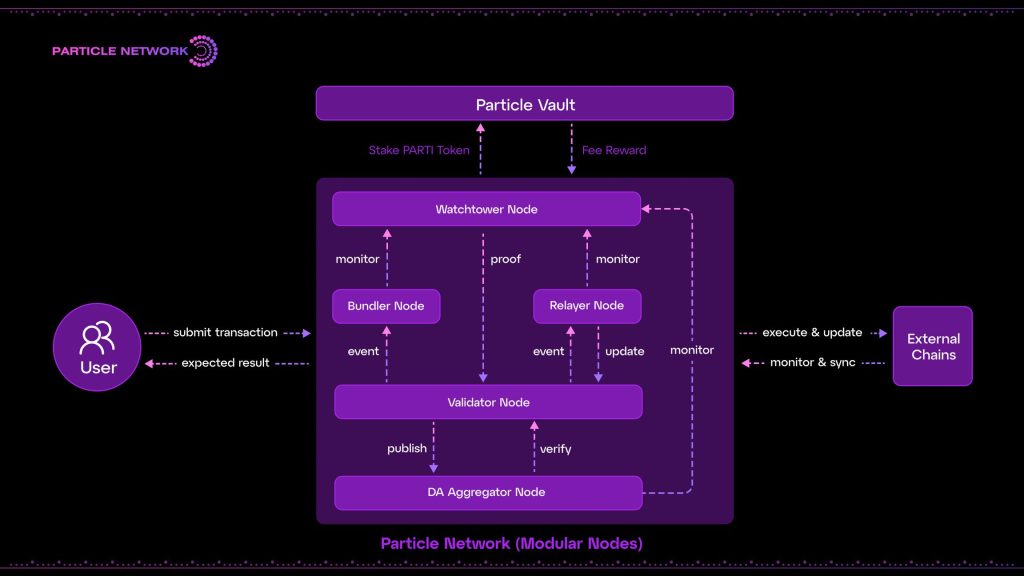
The Particle Chain does not aim to compete with major platforms like Ethereum or Solana. Instead, it is designed to abstract their complexities. It manages state synchronization, transaction routing, and liquidity coordination, operating as the infrastructure layer behind a unified multichain interface.
The chain is constructed using Avalanche’s Subnet technology and is described as modular, high-throughput, and sovereignty-friendly, which allows integration with various virtual machines and outsourcing of core functions to designated node types.
The Modular Architecture
The Particle Chain is composed of five distinct modular node types, each responsible for a specific function:
| Node Type | Description |
|---|---|
| Validator Nodes | Secure the network through Proof-of-Stake, using $PARTI and eventually BTC via a future dual-staking mechanism. |
| Relayer Nodes | Interface with external blockchains to facilitate message and asset transfers. |
| Bundler Nodes | Group transactions to improve scalability and reduce costs. |
| Watchtower Nodes | Verify cross-chain execution and message integrity. |
| DA Aggregators | Enhance data availability through integration with Celestia, Avail, and NEAR DA. |
Three primary modules support the abstraction model:
| Feature | Description |
|---|---|
| Master Keystore Hub | Maintains synchronized account states across all blockchains using Universal Accounts. |
| Decentralized Bundler | Aggregates user operations across chains for atomic execution. |
| Decentralized Messaging Network (DMN) | Supports cross-chain messaging to enable immediate swaps, transactions, and liquidity movements. |
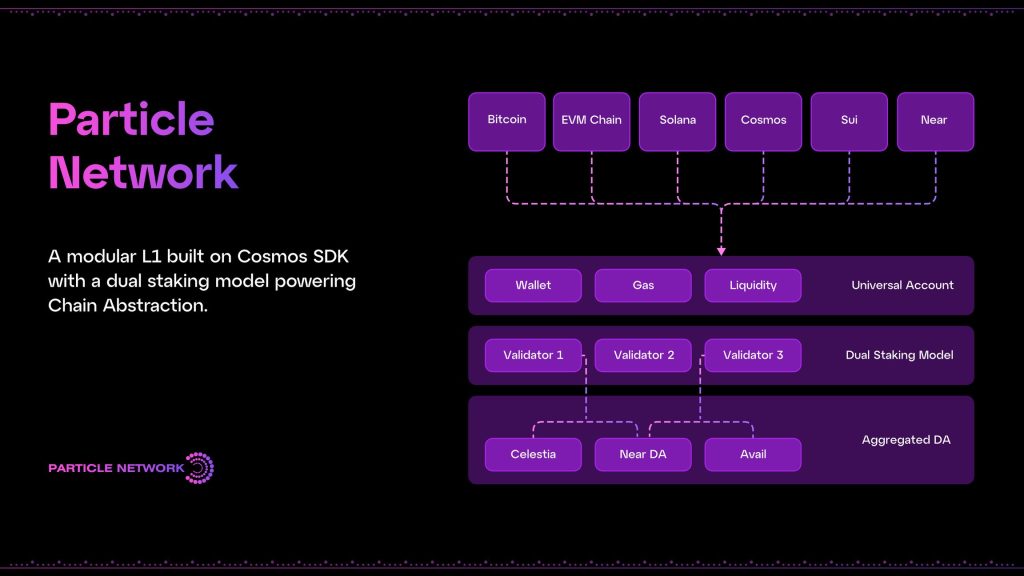
These components allow Particle Network to maintain real-time state consistency across blockchain environments, which is essential for chain abstraction.
The Particle Chain is compatible with the Ethereum Virtual Machine (EVM), Solana Virtual Machine (SVM), and MoveVM. The multi-VM support enables native interaction with decentralized applications from multiple blockchain ecosystems.
Such compatibility is intended to facilitate development across platforms like Arbitrum, Aptos, and Solana, reducing integration complexity and broadening the composability.
Dual Staking Mechanism with $PARTI and BTC
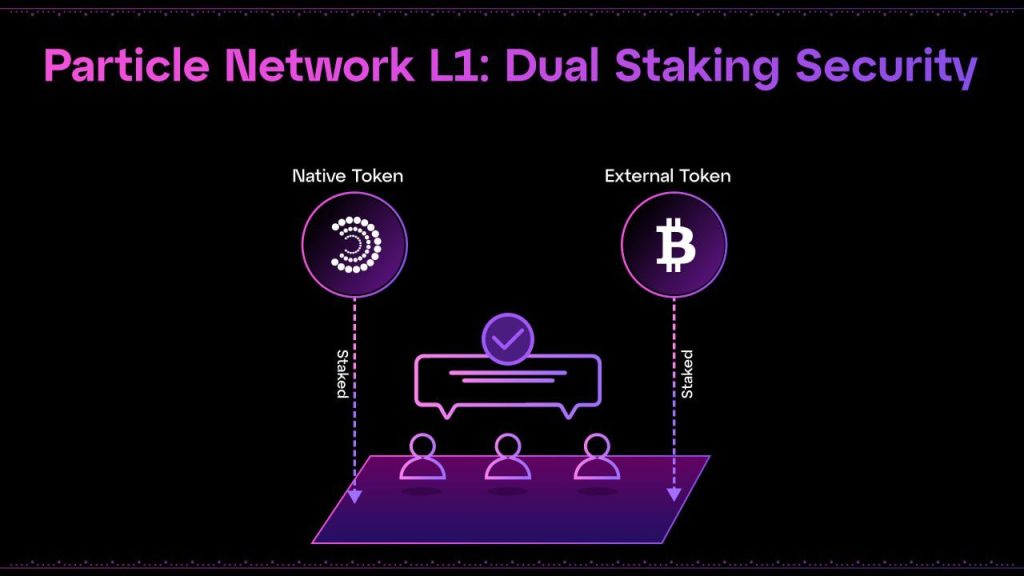
To secure the network, Particle Network uses a Proof-of-Stake consensus model with $PARTI. Plans are in place to introduce a dual staking mechanism, allowing the use of Bitcoin for staking via Babylon.
This integration aims to combine the utility of $PARTI with Bitcoin’s security model, providing an added layer of trust for validators and participants.
Modular Data Availability Integration
Particle Network uses an aggregated data availability system that incorporates Celestia, Avail, and NEAR DA. This setup is intended to reduce latency, avoid censorship risks, and improve cross-chain transaction finality.
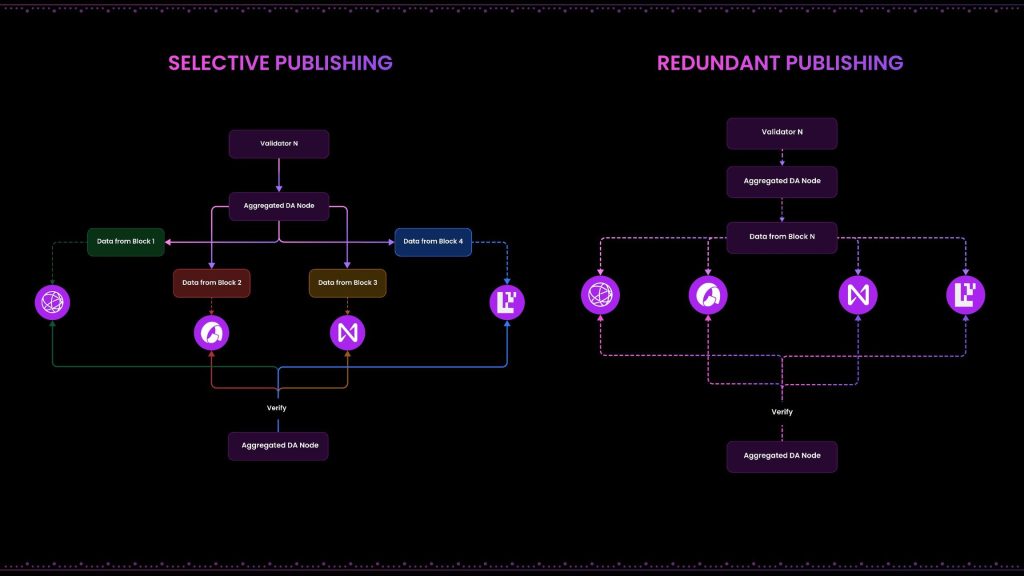
The separation of execution from data storage aligns with the modular blockchain approach and supports infrastructure scalability.
Quick Take
The Particle Chain is built to function behind the scenes. Its purpose is to simplify user interaction by coordinating smart account execution, cross-chain processes, and flexible gas fee models.
| DISCLAIMER: The information on this website is provided as general market commentary and does not constitute investment advice. We encourage you to do your own research before investing. |






















